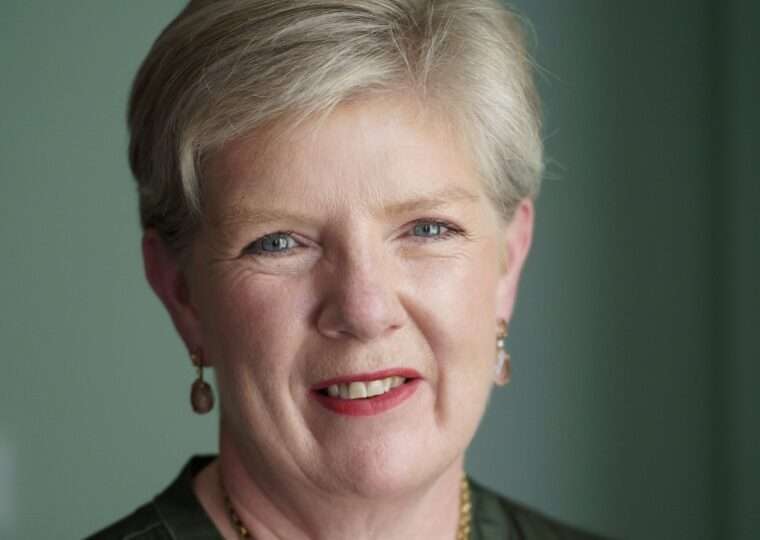A Donor Advisory Board is a new structure that brings others into giving decisions — for example experts and family members.
Stewardship is one of the largest donor advised fund (DAF) providers in the UK.
They have recently developed Donor Advisory Boards (DABs) to bring greater efficiency, flexibility, expertise — and enjoyment — into major giving.
“Giving large sums of money can be complex and time-consuming, but we believe it should also be joy-filled and fulfilling,” said Morag Gillespie, Relationship Manager for the Donor Advisory Board.
The idea for a DAB was trialled after being inspired by a couple who were looking to create a trust of their own. The couple enjoyed the flexibility of a DAF but wanted additional support in their grant-making so they could give in a strategic and intentional way.
Helping people to support their chosen causes and passions
A common route for those wishing to formally structure their charitable giving is to create a trust.
However Stewardship took this opportunity to trial a DAB structure to offer an alternative solution – allowing the couple to give more flexibly without the constraints of a trust.
The DAB allowed the couple to share the areas they were passionate about supporting.
The Stewardship team then researched opportunities in those areas and their funding needs, whether local, national or international.
With this knowledge and understanding, the board then decided where it would be be best to place funding and instructed Stewardship to do so.
The board’s shared expertise results in intentional, strategic grant making that provides fundamental support for the recipients, for example by covering critical operational costs or delivering specific projects.
The Board also arranged ongoing reporting and feedback on how the grants have been used and the impact made.
A success story to be replicated
Having a DAB structure had such an impact that Stewardship wanted to recreate the experience for others who found themselves in a similar position.
Morag added: “Part of our hope during the initial trial was to help increase our clients’ joy when it comes to giving.
“By helping to take away the time-intensive nature of administration, research and due diligence, the donors have more time to focus on relationships and impact.
“We have seen this give a new level of freedom to our clients, as well as a transformational impact for the recipients.
“We can be as involved in the process as much or as little as the donors need.”
There are now a handful of Donor Advisory Boards set up with Stewardship, each one unique; clients have chosen to have family members or trusted friends on their boards, alongside those with expertise in their profession, such as financial advisers, lawyers, charity executives and more.
Ending feelings of isolation
DABS can provide an opportunity for donors to bring their children along the journey for example, or to gain new understanding and expertise about how to best equip charities.
And importantly, DABs reduce the isolation often felt by donors in this private and personal process — allowing them to share the experience with others and share the sense of responsibility that comes with giving significant amounts away.
Greater levels of joy, giving and imagination
Morag said: “Delivering this level of bespoke support for our donors may be time-intensive but it is also very rewarding; we see joy released and relationships strengthened through the process.”
And this in turn, is affecting giving levels.
Stewardship said they were finding the result of the DAB structure was actually higher levels of giving from donors.
One client commented: “It has enabled us to give far more than we ever could have done without it.”
But the positive effects have gone beyond giving levels — DABs have freed up donors to become even more creative and imaginative with their giving too.
Morag added: “Freeing up time and space for our donors has allowed new capacity to ignite imagination, which in turn has created various ways of giving beyond simply making a one-off grant.
“This has included match-funded giving to facilitate growth in a partner’s donor base, or funding strategic operational roles to boost growth and sustainability of the recipient.
Not only have the donors discovered new ways of doing things, but the charities and churches they give to have been impacted too.”
One client said: “Our imagination has grown in terms of what we can do, now that we’re partnering with Stewardship. We love the board model and feel really safe learning from the team.”



